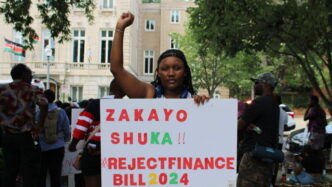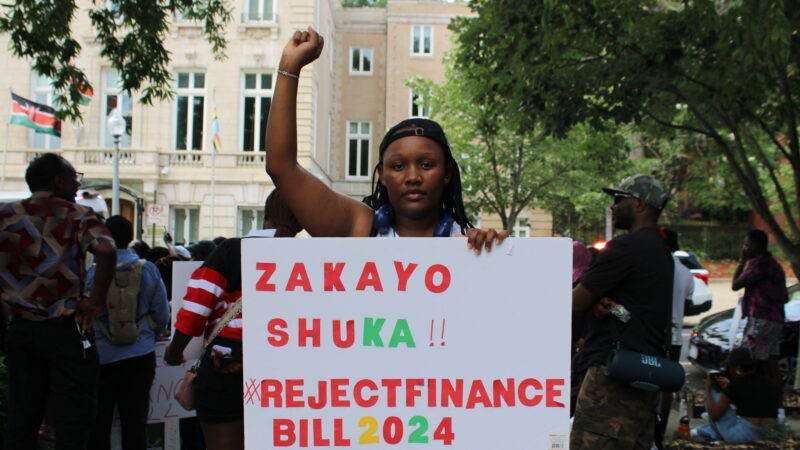Kenyan activists turned AI into a protest weapon during last year’s fight against the controversial 2024 finance bill. They used AI tools on WhatsApp, Telegram, TikTok Spaces, and X Live to translate complex legal jargon into simple facts, fueling a digital uprising that empowered mostly Gen Z and millennial organizers.
The protest pushed hashtags like #RejectFinanceBill2024 and #OccupyParliament into national trends. Analysis of 25 million protest posts showed just 2.8% were original tweets — the rest were coordinated retweets. Rival government supporters used AI-generated images and bots to counter this with competing hashtags.
Protesters even leaked MPs’ personal phone numbers online, flooding their inboxes with mass SMS and WhatsApp campaigns. This digital barrage became a powerful petition method for people in rural and marginalized areas.
Activists deployed ChatGPT and open-source AI to create Q&A threads and chatbots that parsed the 300-page bill. One “Finance Bill GPT” bot answered questions like “How will the VAT hike affect fuel prices?” and provided MPs’ contact info for direct feedback.
Another AI, “Corrupt Politicians GPT,” helped users find detailed corruption records tied to officials. These AI tools gave protesters quick, trustworthy info for rallies and debates.
Protest info was also broken down into TikTok videos across Kenya’s 68 languages, plus sign-language videos on WhatsApp and Telegram. When internet speeds throttled around Parliament, activists switched to Zello’s low-bandwidth walkie-talkie app to share real-time alerts.
The Kenya Communications Authority pledged no internet shutdowns, but mobile data speeds dropped 40% in major cities during protests. Security forces detained and tortured online critics. Student activist Billy Mwangi was abducted for posting AI satire of President William Ruto, part of 82 documented harassment cases. Pro-government groups used AI deepfakes and fake imagery to discredit protesters.
Despite repression, protests forced the government to scrap a proposed $2.67 billion tax hike in 2025. Parliament also rejected a plan to give the tax authority unrestricted access to private data.
One year later, new AI tools emerged. Kenyan developers launched a panic-button app for protesters to instantly share their location with trusted contacts. Another tool tracks detainees live: users “drop a pin” to alert volunteers where they are.
But the crackdown continues. Software engineer Rose Njeri faces cybercrime charges for building an automated email objection tool targeting Parliament’s Finance Committee.
Local activists are training AI to speak Swahili and regional dialects through projects like Masakhane. Groups including KICTANet, MindHYVE.ai, and DV8 Infosystems proposed a national AI policy demanding transparency and human oversight on civic bots.
Civil society organizations like CIPESA push for ethics rules to handle metadata, bot consent, and deepfake accountability.
The battle for Kenya’s digital future is real. AI is now a frontline civic tool — and a target for control.
Image by Akofa Bruce on Flickr (CC BY-ND 4.0).














